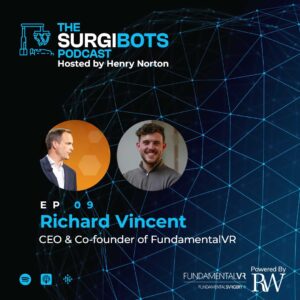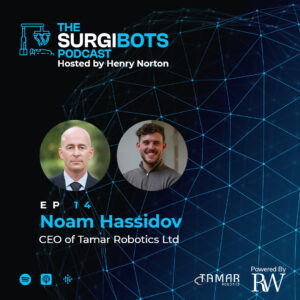Surgibots Podcast
S01 E09
Inside Surgical Robotics Training & Development
On Episode 9 of The Surgibots Podcast I had the opportunity to sit down with Richard Vincent, the CEO & Co-Founder of FundamentalVR, to talk about their innovative training platform.
Listen/watch now

Listen/watch now



